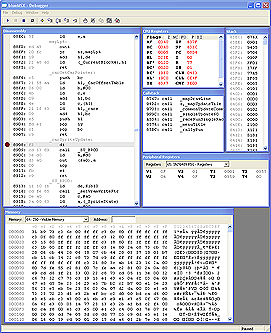

Daniel Vik
"dvik"
Daniel is based in La Jolla, California, United States.
Daniel is relatively new on the CV
programming scene.
His first contribution to the scene was by adding ColecoVision support
into his emulator blueMSX.
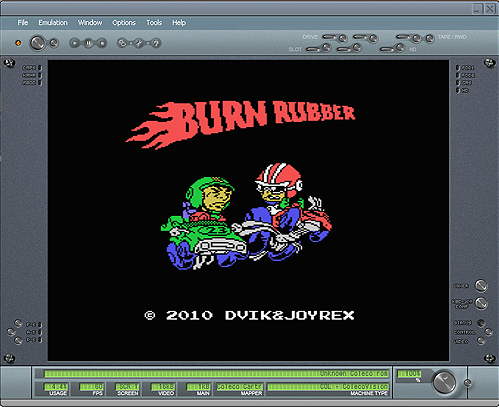
The emulator gives CV developers new possibilities to develop productions,
especially when using the powerful built in debugger.
The CV support is constantly improving, and the next release of the
emulator will include support for plugging in a real Expansion Module #2
to the
emulator
and use the steering wheel when playing CV games on the PC.
With the emulator Daniel is supporting homebrew hardware projects by
including support for the new hardware early in the development.
This gives software developers a chance to start writing code for the new
hardware without needing to wait for it to be ready.
One good example is
the OpCode SGM expansion module.
Daniel has his roots in the MSX scene and has been programming for MSX
since the early 80’s so the transition to ColecoVision was not that big.
Daniel is an expert on Z80 and TMS9918 VDP and has done some quite amazing
demonstrations on MSX, and this certainly carries over to the
ColecoVision.
Daniel has made several short technology demonstrations that really raise
the bar of what is technically possible to achieve on the CV.
For example, he ported his and Arturo Ragozini’s sample player to
ColecoVision.
The new sample player produces sampled music with a higher quality than
previously achieved on the CV.
The algorithm utilizes advanced math to maximize the sound quality with
the limitations of the SN76489 PSG.
Apart from short music demonstrations with Sabrina’s “Boys
Boys Boys”, Alice in Chain’s “Check my brain”.
The sample frequency of the sabrina song is 16kHz @ 4bits/sample and
7.5kHz @ 4bits/sample for "Check my brain".
The sample player is used in the soon to be released ColecoVision port of
“Peek-A-Boo” by Daniel Vik and Vincent van Dam, a game featuring the Sesame
Street character Elmo.
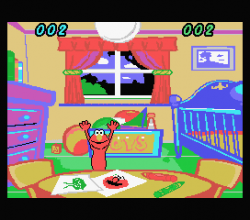 |
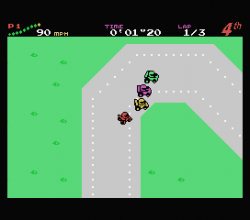 |
 |
| Peek-A-Boo | Burn Rubber | Zippy Race |
 |
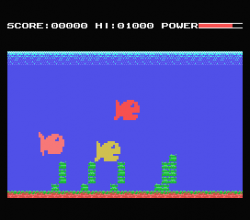 |
 |
| Pyramid Warp & Battle Ship Clapton II | Kobashi | Sudoku |
Another Technical achievement is the multi-directional pixel scroller in
the upcoming game Burn Rubber which he made together with Vincent and
graphics support by Luc Miron
Demos of the game has been previewed to the public.
The game is a top down view rally game that besides the multi-directional
scroller features a custom music tracker and support for two simultaneous
steering wheels.
Daniel Vik says: "Its by far the toughest game we've made. It took several thousand hours to make."
The rom contains around 6900 different
tiles (uses about 13kB of the 32kB rom).
Every other frame 108 tiles are
moved from ROM to VRAM and then the bgmap is updated.
The other frame is used for the game play and physics engine.
On a 60Hz coleco, every 6th frame is used to update status bar and other lower frequency tasks like checking if the car drives backwards.
On a 50Hz coleco, this is spread out over every frame. This gives a frame rate of 25fps on both.
The background in the game is built up of blocks of 8x8 characters and the
map itself contains 16x16 of these blocks.
The most complicated parts of the game is actually not the scrolling.
Making a real physics engine for four cars that can execute at around 20%
of the CPU was the hardest part and took a couple of months by itself.
Another surprisingly challenging part was to support two steering wheels,
partly because they share a single interrupt.
Daniel and Vincent made ports of several MSX and Sega games to
ColecoVision, including “Zippy Race”, “Pyramid Warp”, “Battle Ship Clapton
II”.
Other ports are in the pipe. Some of their MSX games are also being ported,
including “Kobashi” and “Sudoku”.
Daniel's
Blog
Webpage :
Homepage
Daniel's:
Emulator
To get in touch with Daniel, try this:
e-mail.
